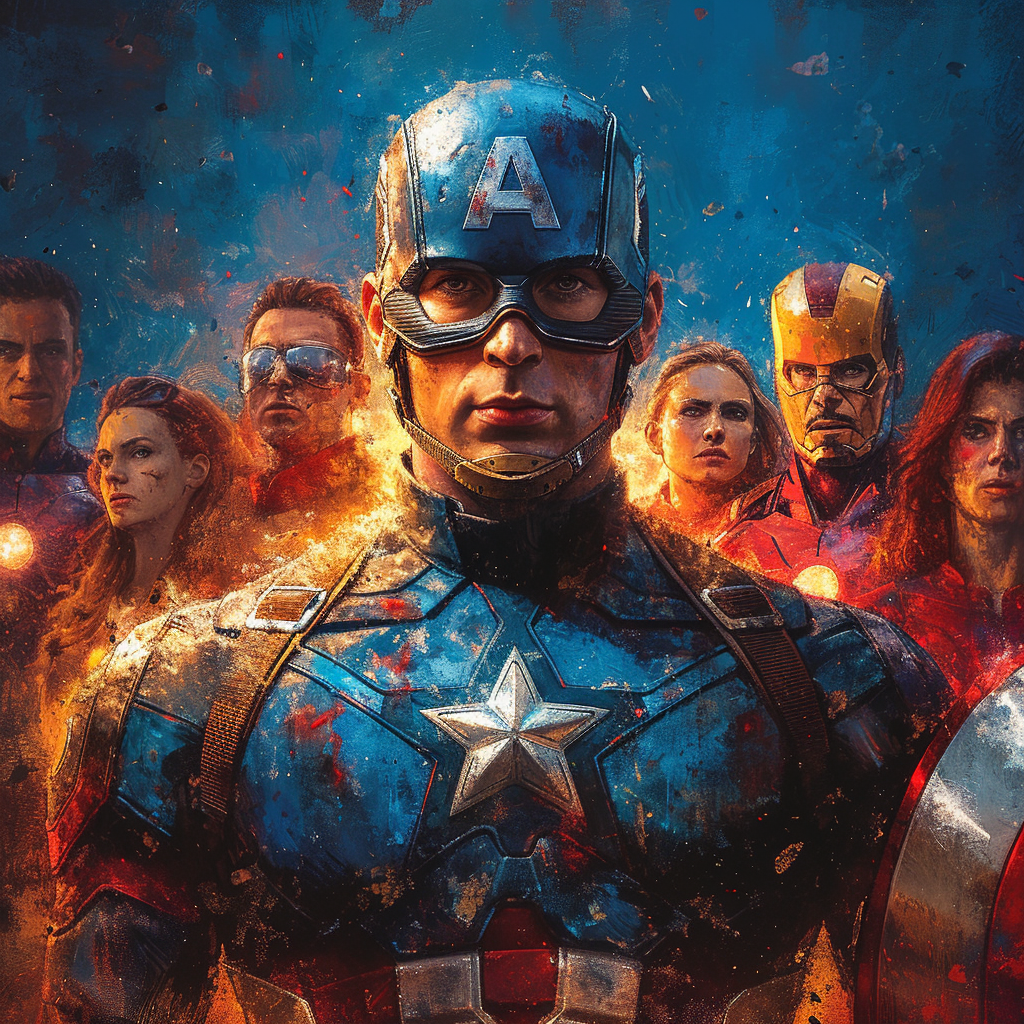ELI5 Summary:
“Canon” in movies refers to the collection of storyline elements, characters, settings, and events that are considered the official storyline by the creators. It is the material that’s acknowledged as part of the actual narrative and history within a movie universe.
In simpler terms, think of canon as the “real” events and details that happened in the world of the movie. For example, in the Harry Potter films, everything that occurred in the books and movies approved by the author, J.K. Rowling, is considered canon. This means that the spells they use, the outcomes of the battles, and the relationships between characters as they are presented in the official works are all canon. On the other hand, fan theories, spin-offs, and other unofficial content not endorsed by the original creators are not canon.
Canon ensures consistency in the storyline across different movies within the same series. It helps fans follow the plot and understand characters’ motivations since they can trust that what’s shown or mentioned is part of the “true” world of the movie.
Decoding Canon: A Film Fan’s Compass
The concept of canon is crucial in guiding audiences through the complex tapestries of movie storytelling. When we discuss what does canon mean in movies, we’re not just talking about a list of accepted works; we’re delving into the very backbone that informs and enhances the viewers’ understanding and enjoyment of cinematic universes.
But why should a casual moviegoer care about canon? Imagine a puzzle spread before you, with pieces borrowed from different boxes. Some fit perfectly, creating a cohesive image, while others, although beautiful on their own, don’t quite match up, disrupting the overall picture. Canon ensures that every piece serves a purpose, contributing to an overarching narrative that resonates with consistency and depth. By adhering to this invisible guideline, filmmakers craft immersive worlds that invite fans to explore without fear of getting lost in narrative discrepancies.
In navigating the cinematic sea, canon acts as a lighthouse, assuring viewers that no matter how wild the tides of story arcs and character developments may be, there’s a beacon of continuity guiding the journey. Now, let’s sail through the origins and definitions that comprise canon, setting the stage for the ultimate movie-watching voyage.
The Definition and Origin of Canon in Storytelling
At its core, canon represents the body of work that is considered authentic and official within a particular narrative universe. The term has roots steeped in religious doctrine, but it has since been appropriated by various forms of media and art to signify a set of principles that determine the legitimacy of narrative elements.
In film, canon encompasses the plots, characters, settings, and details that form the “official” storyline. It distinguishes what actually occurs in the universe from fan theories, speculations, or non-authorized narratives. Canon determines the foundation on which sequels, prequels, and spin-offs are built, ensuring that these new stories respect the established history and lore of the original installment(s).
- Mainline Films: The original movies often seen as the ‘sacred texts’ of canon.
- Extended Universe: Additional media that expand the narrative while adhering to the storyline.
- Non-Canon: Works that do not follow the set narrative but explore alternative visions of the characters or story.
